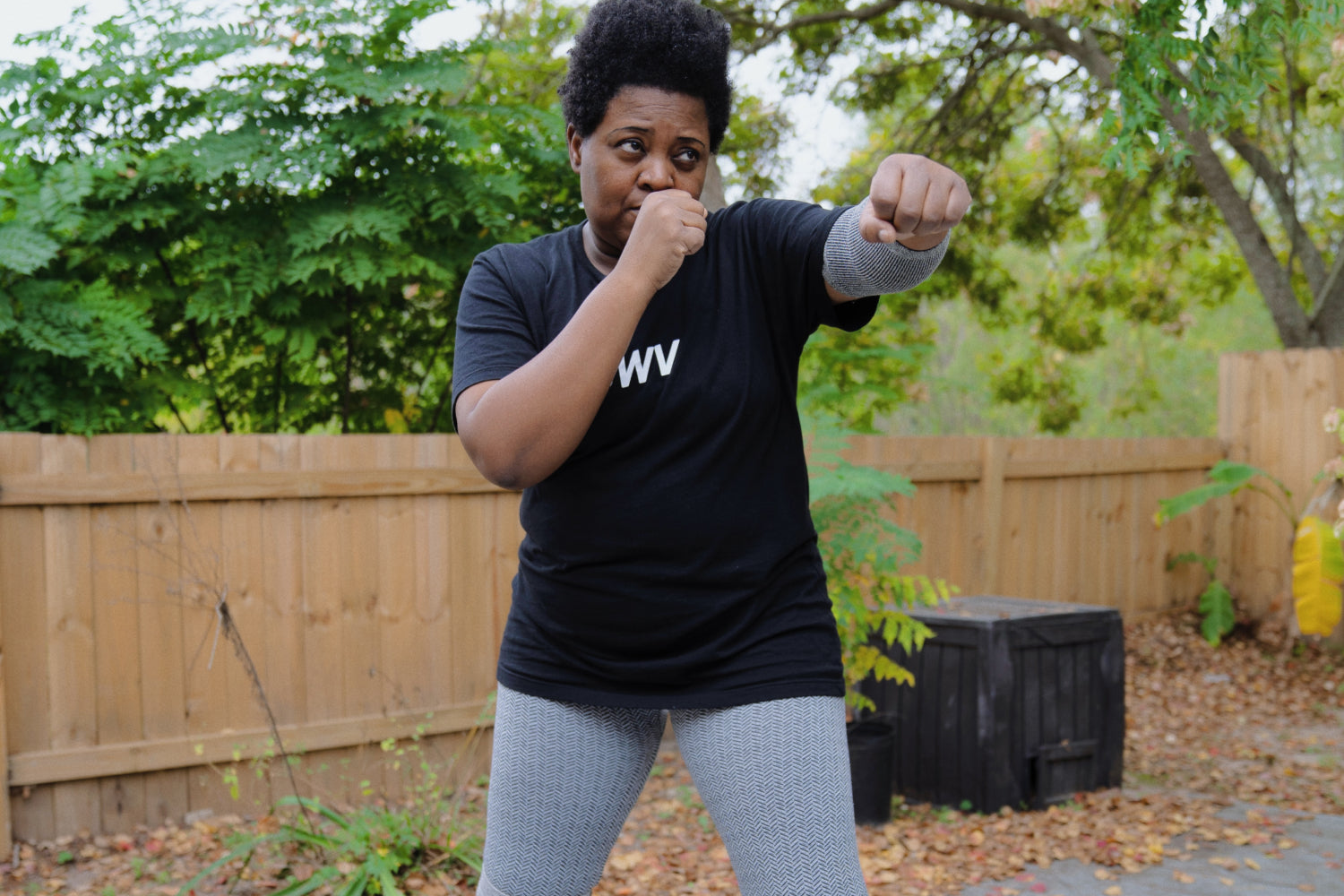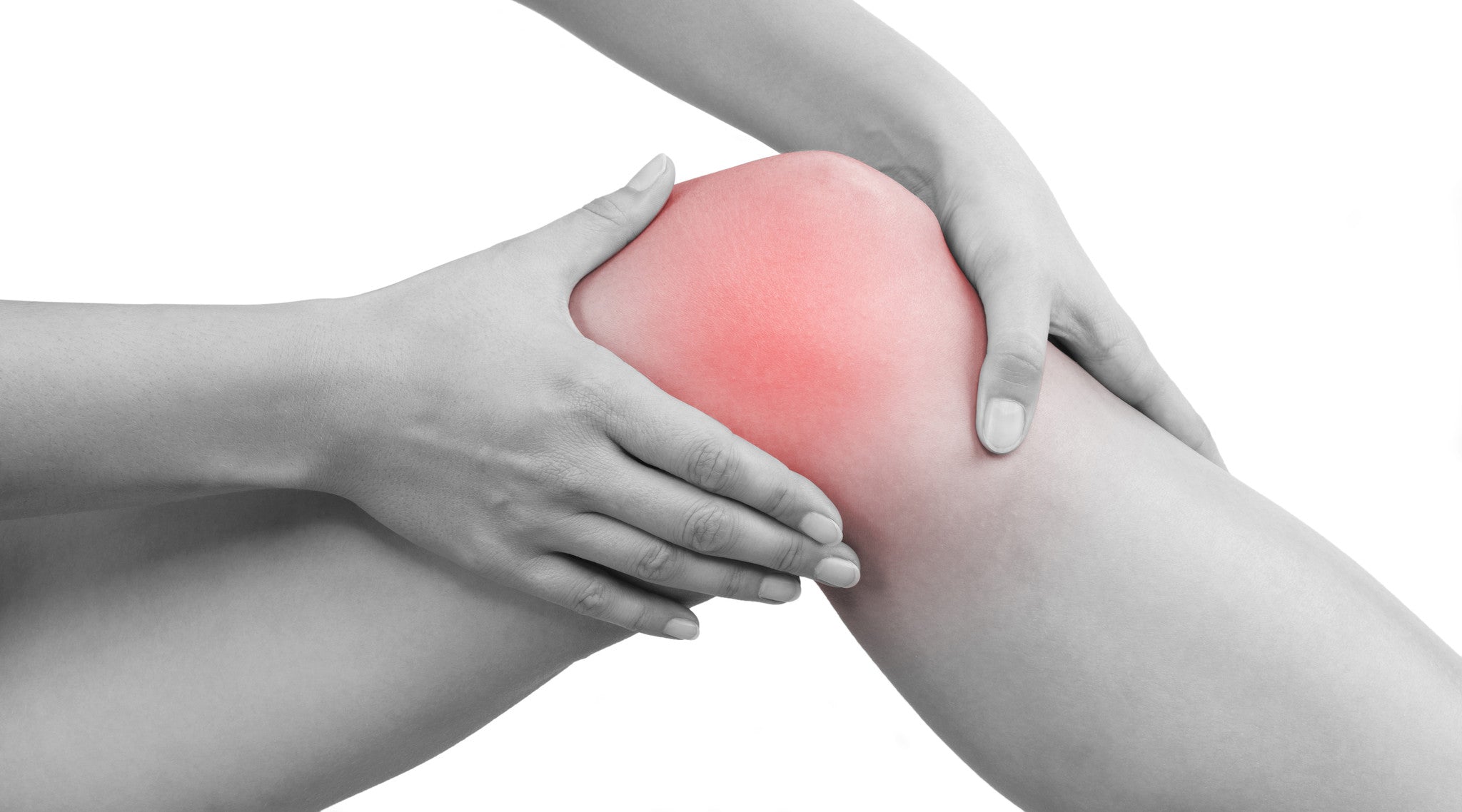Medically Reviewed By | Dr. Kate Panawash, PT, NCS, DPT
Dealing with knee pain can be a huge roadblock to staying active and even going about your daily activities. Knee injuries are actually one of the most common sports injuries and can take a lot of time to mend. However, this should not deter you from living an active and healthy lifestyle.
Here are eight exercises from experts in fitness to help you stay on top of your workout routines. Combine these exercises with Incrediwear products to help you feel good and comfortable all day long.
The Best Knee Strengthening Exercises for Knee Pain
In the search for knee pain relief, the two most important approaches are building strength and improving range of motion. The knee joint is complex, with several tendons and muscles positioned by and around the knee.
So, in order to strengthen your knee and effectively manage knee pain, you should incorporate a range of exercises. The following are some of the best exercises for anyone dealing with knee pain.
1. Donkey Kicks
Donkey kicks help target the back of the leg and the gluteus maximus muscles. During your daily activity, these muscles help provide stability while walking and going upstairs, which helps to minimize stress on the knee.
Begin in the starting position on your hands and knees. Then, keep a 90-degree angle bend in your knee, lift your left leg up, and bring your foot toward the ceiling. “Try and keep your back nice and steady. This helps you concentrate the movement in your glutes. You can test yourself by putting a light object on the small of your back while you do the exercise, and try to keep it from falling off. Your leg only needs to move a few inches to start to feel this,” notes Katelyn Panawash, Doctor of Physical Therapy (DPT) and Board Certified Neurologic Clinical Specialist (NCS).
You should feel the movement activate your glutes. Repeat this motion for 10 repetitions and then switch to the other leg.
2. Side Step-Ups
Side step-ups are a great test of balance and stability while engaging your quadriceps muscles (on the front of the thigh), hamstrings (on the back of your thigh), and glutes. Stand sideways next to a step, curb, or box.
Put your closest foot to the step on top of it, then use that leg only to step up and completely extend your hips when you’re on top. Resist placing your other foot on the step for a count of five, then step down. For more resistance to this workout and to get a good quadricep stretch, hold onto dumbbells while stepping up and down.
3.Knee Lifts
Knee lifts are an excellent exercise for targeting multiple muscles in your legs, including your thigh muscles, hamstrings, glutes, and hip flexors. Starting with your arms stretched above your head, bring your right knee up, and simultaneously bring your arms down to where your right hand is over your chest with the elbow extended and your left arm extended away from your chest. You can utilize some lightweight ankle weights for more resistance to the workout.
You can either perform this exercise standing if you have good balance, or another option is to do this seated.
4. Supine Knee Flexion
Supine knee flexion helps you stretch the hamstring muscles near the knee and improve the flexibility of the knee, leading to better overall function and pain relief. A supine flexion is a good option when a knee injury is more recent or when your range of motion is limited.
Lie down on your back with a loop band (AKA resistance band) secured in front of your body. Take one foot and loop the band around it. Bend that knee in toward your chest so that the band is tensed. Hold at the top for 30 seconds. Then slowly ease the leg back down.
5.Single-Leg Bridges
Single-leg bridges, also called solo-leg bridges, are a great option for engaging a variety of muscles in your legs. This exercise hits the glutes, hip flexors, hamstrings, and lower back muscles for an excellent lower-body workout.
Lie down on your back with your arms placed fully stretched out so you are in a “T” shape. Bend your knees, but keep your heels flat on the floor and as close to your butt as possible. Begin by extending one leg up to be parallel with your thighs. Next, lift your hips up to be in line with your torso, and hold for a count of three. Slowly lower your hips back to the ground. Do ten repetitions with one leg before switching to the other.
6. Straight Leg Raises
The muscles in your leg are all very well connected and work together as a unit. Therefore, one of the best solutions for managing knee pain is strengthening the muscles surrounding your knee, like the quadriceps and hamstrings. Straight leg raises help to strengthen the thigh muscles around the upper leg near the hip.
To perform straight leg raises, lie flat on your back with your legs stretched out. Then, keeping your leg straight, lift your leg up, raise your foot toward the ceiling, and finish with your foot over your hip. Slowly lower your leg back down and repeat. Perform this exercise for three sets of 10 reps with each leg. You can add ankle weights to this exercise to add an extra level of difficulty.
7. Hamstring Stretch
Although strengthening exercises are valuable for promoting knee pain relief, don’t underestimate the power of stretching. Knee stretches can help reduce tension in the muscles and relieve some of the pain. Stretching exercises also help to promote blood flow to the muscles, which can relieve inflammation and support a quicker recovery, all while supporting greater flexibility.
To perform an effective hamstring stretch, take a starting position sitting on the floor with one leg stretched out and the other foot tucked into your inner thigh. Then, slowly bend forward at the waist toward the outstretched foot. Bend until you feel a light stretch, and then hold for 30 seconds to a minute.
8. Calf Raises
Your calf muscles serve as an important foundation for your knee as the tendons from the muscles pass right by the knee joint. Knee pain can occasionally be traced back to issues with the calf muscles, especially when the problem develops from running. Strong calf muscles can also help to take some of the stress off the joint by providing additional support.
To do calf raises, start in a standing position with your feet spread hip-width apart. Then, raise yourself up to the balls of your feet, lifting your heels off the ground. Perform three sets of 10 repetitions. You can hold onto a pair of dumbbells for added resistance as you perform the calf raises.
Additional Tips for Managing Knee Pain Relief
You should keep a few things in mind to ensure you get the most out of your attempt to manage your knee pain and get your exercise in. First, make sure to start lightly. Don’t push yourself to complete an intense workout, or you may risk further injury. It is also a good idea to warm up with a light walk or on a cycling bike before working out.
You must take time to build up your strength and ensure that you can comfortably complete each exercise with the proper form and without pain. Once you can complete the exercise, you can increase the intensity.
Similarly, if you feel pain during any of these exercises, stop and contact a doctor. Powering through the wrong pain will often only lead to a worse injury.
“If you have had knee pain for a long time, if these exercises don't do the trick, or if you have any questions or want a plan that is targeted at your specific needs I cannot recommend enough getting a detailed assessment by a Physical Therapist. They are experts in determining what you need to do to reduce pain and get back to the activities you love safely,” highlights Panawash.
Meanwhile, the right recovery gear can also play an important role in managing knee pain. For example, an Incrediwear knee sleeve can help alleviate pain and promote better function by optimizing the body’s natural healing process. Incrediwear products use semiconductor technology that activates ions when stimulated by body heat.
These ions then promote more blood flow to the area, improving the transfer of oxygen and nutrients to the area. Incrediwear recovery gear is great both for promoting your recovery during rest and boosting your performance during activity.
You should talk to a healthcare professional if your knee pain is not going away. To figure out the best solution for you, they may recommend further testing or refer you to a physical therapist for a more personalized physical therapy program. Only a doctor can provide you with accurate medical advice.
Tackle Your Knee Pain With Incrediwear
Knee pain is nagging and uncomfortable, but that doesn’t mean you have to put up with it forever. With the right exercises in your toolbelt, you can make valuable progress toward relieving your knee pain and overcoming injury. Still, the best way to exercise with knee pain is to provide your knee with additional support. Fortunately, whether you have a knee injury or knee arthritis, Incrediwear can help.
Try an Incrediwear knee sleeve to help reduce pain and promote better knee function by stimulating the body’s natural recovery process. Explore our complete collection of products featuring Incrediwear technology to see how our recovery gear can help you get the most out of your exercise and handle your daily activities without discomfort.
Sources:
Knee Pain and Problems | Johns Hopkins Medicine
Read more

Medically Reviewed By | Dr. Kate Panawash, PT, NCS, DPT Yes, exercising feels good, but it feels even better when you know just how deep the benefits run. Exercise is great for building muscle and ...

Medically Reviewed By | Dr. Kate Panawash, PT, NCS, DPT Yes, exercising feels good, but it feels even better when you know just how deep the benefits run. Exercise is great for building muscle and ...






Leave a comment
All comments are moderated before being published.
This site is protected by hCaptcha and the hCaptcha Privacy Policy and Terms of Service apply.